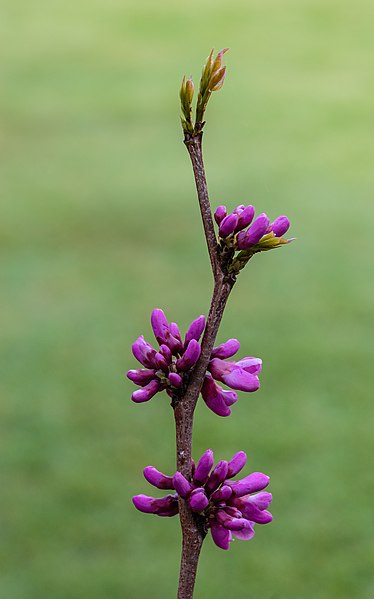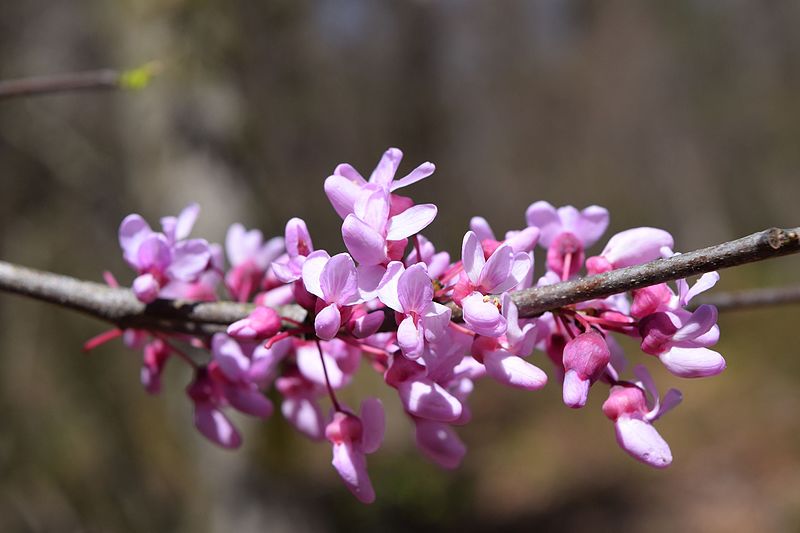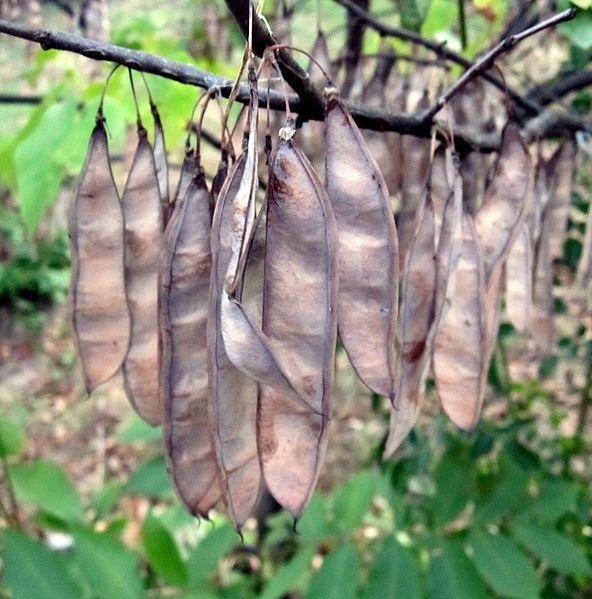Project Overview:

One of the most iconic native North American trees is the eastern redbud (Cercis canadensis). This tree is one of the earlier flowering forest trees in the spring. Because it is beautiful when in flower, it has become a widespread ornamental tree in the USA and elsewhere around the world.
New for 2023: we have added western redbud (Cercis occidentalis) to this campaign to better understand the phenology of redbuds in the western US!
We are interested in answering the following questions:
1)When do eastern redbud trees flower and fruit across the tree's range?
2) How does the timing of these events vary across geography and elevation?
3) Has the timing of flowering and fruiting advanced in recent years?
Join us! We welcome your reports of what your redbud tree is doing throughout the season. We will compare these observations to historical records of flowering and fruiting contributed to herbaria in the eastern U.S.
Learn more about this project by watching the recording of our kickoff webinar where we explain the importance of this campaign and how to participate. You can also download the slides.
SIGN UP FOR The Redbud Phenology Project MESSAGES!
You will receive messages full of findings, observation tips, and campaign-specific opportunities. Don't miss out!
HOW TO PARTICIPATE
1. Join Nature's Notebook. If you haven't already, create a Nature's Notebook account. If you need more details on getting started, take the Observer Certification Course at learning.usanpn.org. You can set up a phenology monitoring site in your backyard or another location you frequent.
For further assistance:
- Follow step-by-step instructions provided in the Nature's Notebook mobile app guide.
- Watch these videos on how to get started.
2. Take observations. For this effort, we are seeking observations on the following life cycle stages:
3. Report your observations. As you collect data during the season, log into your Nature's Notebook account and enter the observation data you record. You can also the Nature's Notebook app to submit your observations.
Questions about this effort? Contact Dr. Jorge Santiago-Blay, National Museum of Natural History and Penn State York.


